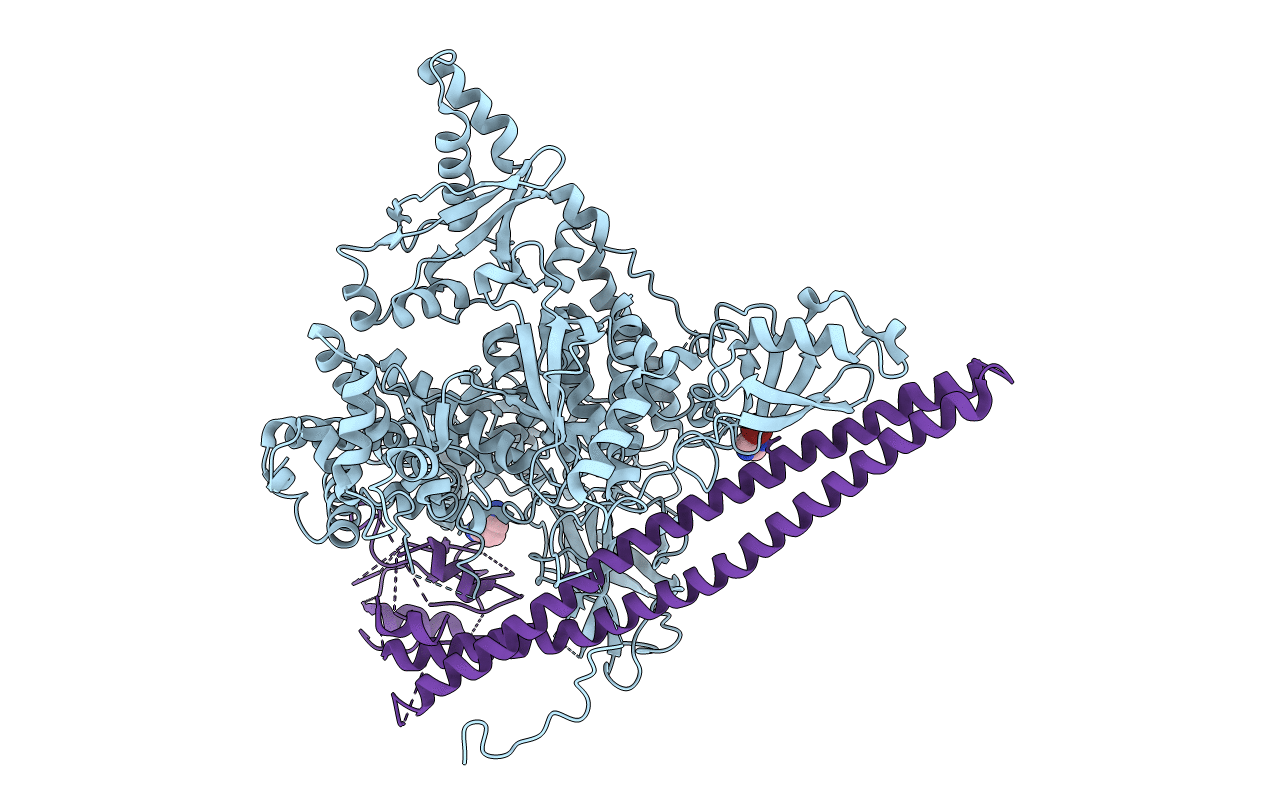
Deposition Date
2016-08-09
Release Date
2017-02-15
Last Version Date
2024-10-23
Entry Detail
PDB ID:
5SXE
Keywords:
Title:
Crystal Structure of PI3Kalpha in complex with fragments 19 and 28
Biological Source:
Source Organism:
Homo sapiens (Taxon ID: 9606)
Host Organism:
Method Details:
Experimental Method:
Resolution:
3.51 Å
R-Value Free:
0.27
R-Value Work:
0.19
R-Value Observed:
0.19
Space Group:
P 21 21 21


